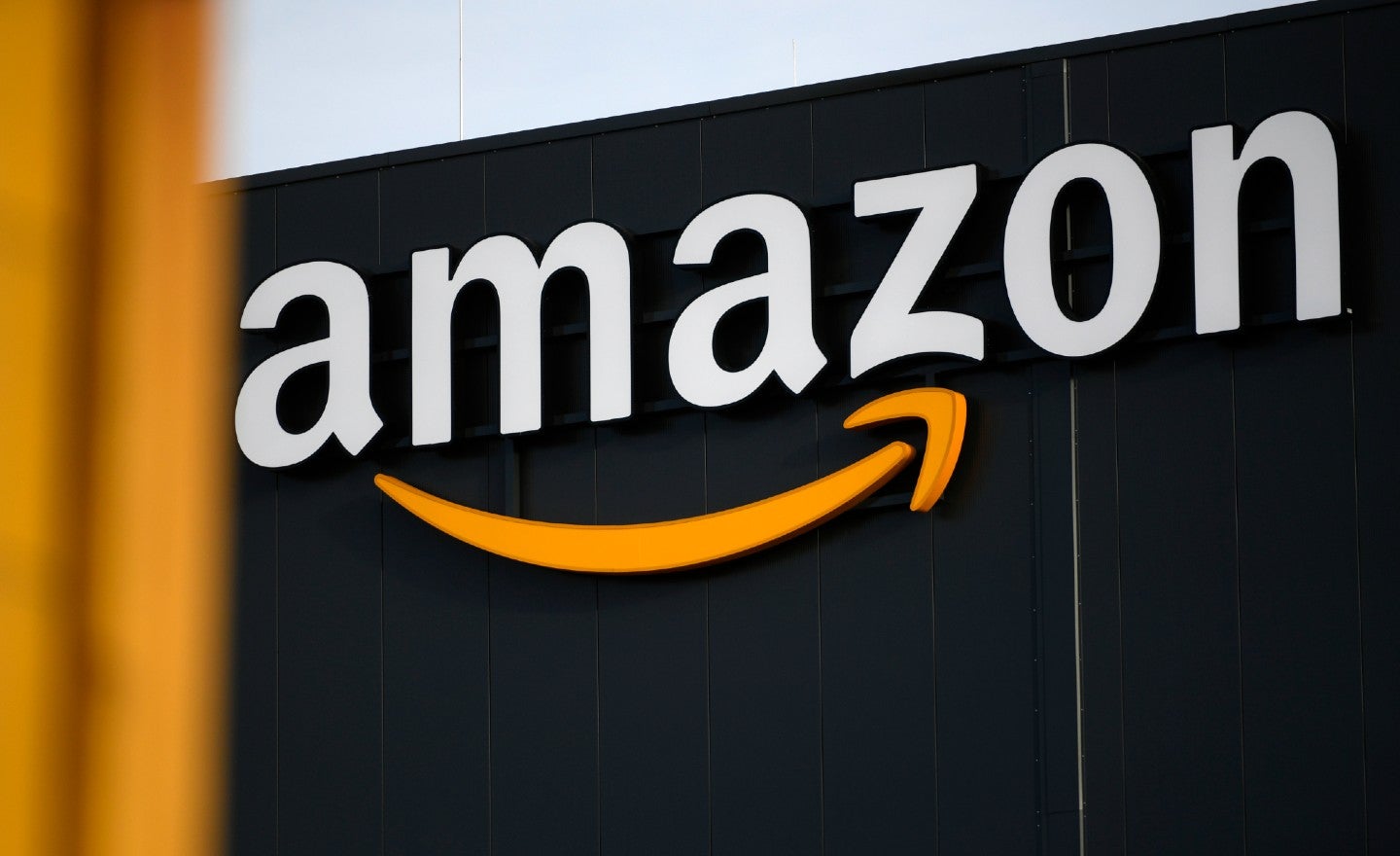Artificial intelligence has moved from futuristic concept to measurable economic driver, reshaping corporate strategies, capital allocation, and even national growth figures. Recent economic estimates suggest that AI-related investment added approximately 0.5 percentage points to U.S. GDP growth over the past year—a remarkable contribution for a technology still in the early stages of mainstream adoption. This growth spurt is not evenly distributed, however. A select group of technology behemoths, often referred to as the “Magnificent Seven,” is both leading the charge in AI deployment and serving as the principal engine behind the equity market’s recent gains.
AI’s Direct Economic Impact
The surge in AI investment has taken several forms: corporate spending on cloud infrastructure to support AI workloads, the development and training of large-scale models, the integration of machine learning into operational processes, and the manufacturing of specialized semiconductors capable of powering advanced algorithms. This investment cycle is producing tangible gains in productivity and efficiency, helping companies reduce costs, automate complex tasks, and create new revenue streams.
For the U.S. economy, these productivity enhancements translate into measurable growth. The estimated 0.5% contribution to GDP may sound modest, but in macroeconomic terms, it represents a significant uplift—especially in an environment of slowing global trade and persistent inflationary pressures. If current trends continue, AI could become one of the most important drivers of medium-term economic expansion.
The Market’s Narrow Leadership
While AI’s influence is widespread, the lion’s share of investor enthusiasm is concentrated in seven technology giants: Apple, Microsoft, Alphabet, Amazon, Meta, Nvidia, and Tesla. Collectively dubbed the “Magnificent Seven,” these firms have become the focal point for AI-related optimism, drawing disproportionate inflows from institutional and retail investors alike.
Their market dominance is striking. Together, they account for an outsized share of the S&P 500’s total market capitalization, meaning their performance heavily influences broader index returns. This concentration has fueled concerns about market breadth—essentially, whether a rally led by a handful of stocks is sustainable—but for now, their growth trajectory continues to justify investor confidence.
How AI Powers the Magnificent Seven
Each of these companies has embraced AI in unique ways:
- Apple is embedding AI-driven capabilities across its devices, from photography enhancements to predictive text and health monitoring features.
- Microsoft has positioned itself at the forefront of enterprise AI adoption through its partnership with OpenAI, integrating advanced tools into its Office suite and Azure cloud platform.
- Alphabet continues to refine its search algorithms, advertising technology, and autonomous vehicle initiatives with AI at their core.
- Amazon leverages AI for logistics optimization, recommendation systems, and AWS services that support AI development for other companies.
- Meta is using AI to personalize content feeds, improve ad targeting, and accelerate its metaverse ambitions.
- Nvidia remains the indispensable supplier of high-performance GPUs that underpin the AI revolution, benefiting from explosive demand in data centers.
- Tesla relies heavily on AI for autonomous driving technology, manufacturing efficiency, and energy optimization.
Economic Promise Meets Market Risk
The fusion of AI’s economic impact with the dominance of these seven stocks creates a powerful but potentially fragile market dynamic. On the one hand, concentrated leadership can deliver extraordinary returns when the leading companies continue to execute and innovate. On the other, it increases the vulnerability of markets to sector-specific shocks, regulatory action, or shifts in investor sentiment.
From an economic standpoint, the integration of AI into business models across sectors suggests that its GDP contribution will continue to grow. However, the distribution of those gains—and the market’s reliance on a small group of corporate leaders—remains a point of debate among economists and investors.
Looking Ahead
AI’s 0.5% boost to GDP over the past year is likely just the beginning. As adoption widens, and as more industries harness AI for competitive advantage, the technology’s economic footprint will expand. For now, the Magnificent Seven are the torchbearers of this transformation, pulling the market higher and embodying the promise—and the risks—of a tech-driven growth era.
Whether this narrow leadership broadens or remains concentrated will shape not only stock market performance but also how evenly the benefits of AI are felt across the economy. For investors and policymakers alike, the challenge is to harness AI’s potential while managing the market and economic vulnerabilities it can create.














